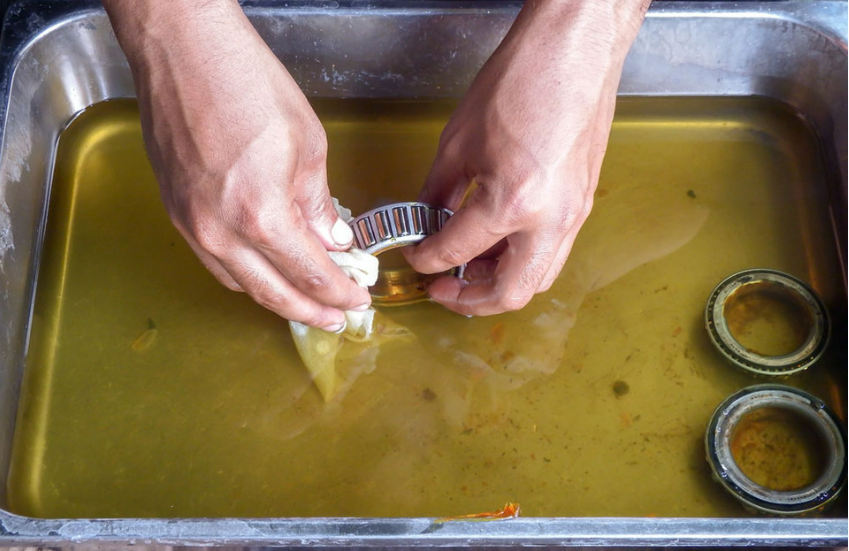The Ultimate Bearing Maintenance Guide: Key Steps to Extend Bearing Life


Bearing Maintenance Guide: Key Steps to Extend Bearing Life
Proper maintenance is crucial for extending the life of bearings and ensuring their optimal performance. Bearings are essential components in various machines and equipment, and neglecting their maintenance can lead to premature failure and costly repairs. In this guide, we will outline the key steps to effectively maintain bearings and maximize their lifespan.
1. Regular Cleaning
Regular cleaning is the first step in bearing maintenance. Dust, dirt, and other contaminants can accumulate on the bearing surfaces, leading to increased friction and wear. Use a soft cloth or brush to remove any loose debris from the bearing. For more stubborn dirt, you can use a mild detergent or solvent recommended by the bearing manufacturer. Be careful not to use excessive force or harsh chemicals that can damage the bearing.
2. Lubrication
Lubrication is essential for reducing friction and preventing metal-to-metal contact in bearings. It helps to dissipate heat and protect against corrosion. Follow the manufacturer's recommendations for the appropriate lubricant type and quantity. Over-lubrication can be just as detrimental as under-lubrication, so ensure that you apply the correct amount. Regularly check the lubricant level and replenish it as necessary.
3. Inspections and Replacements
Regular inspections are crucial for identifying any signs of wear or damage in the bearings. Look for signs of overheating, unusual noise, vibration, or leakage. These may indicate a problem with the bearing and should be addressed promptly. Additionally, monitor the bearing's performance and lifespan. If a bearing frequently fails or reaches the end of its expected life, consider replacing it with a higher-quality or more suitable bearing.
During inspections, also check the bearing housing and shaft for any misalignment or damage. Misalignment can cause excessive stress on the bearing and lead to premature failure. If misalignment is detected, it should be corrected immediately to prevent further damage.
4. Proper Handling and Storage
Proper handling and storage are essential to prevent damage to bearings before they are installed. Always handle bearings with clean hands or gloves to avoid transferring contaminants. Avoid dropping or striking the bearings, as this can cause dents or other deformities. When storing bearings, keep them in a clean, dry, and temperature-controlled environment. Protect them from dust, moisture, and extreme temperatures.
Conclusion
Maintaining bearings is essential for extending their lifespan and ensuring optimal performance. Regular cleaning, proper lubrication, inspections, and replacements are key steps in bearing maintenance. By following these steps and adhering to the manufacturer's recommendations, you can maximize the life of your bearings and avoid costly repairs or replacements.
